All products featured are independently chosen by us. However, SoundGuys may receive a commission on orders placed through its retail links. See our ethics statement.
Best soundbars available now
Published onAugust 30, 2023
![Sennheiser Ambeo Soundbar[1] Pictured are the interal drivers of the Sennheiser Ambeo soundbar](https://www.soundguys.com/wp-content/uploads/2019/01/Sennheiser-Ambeo-Soundbar1.jpg)
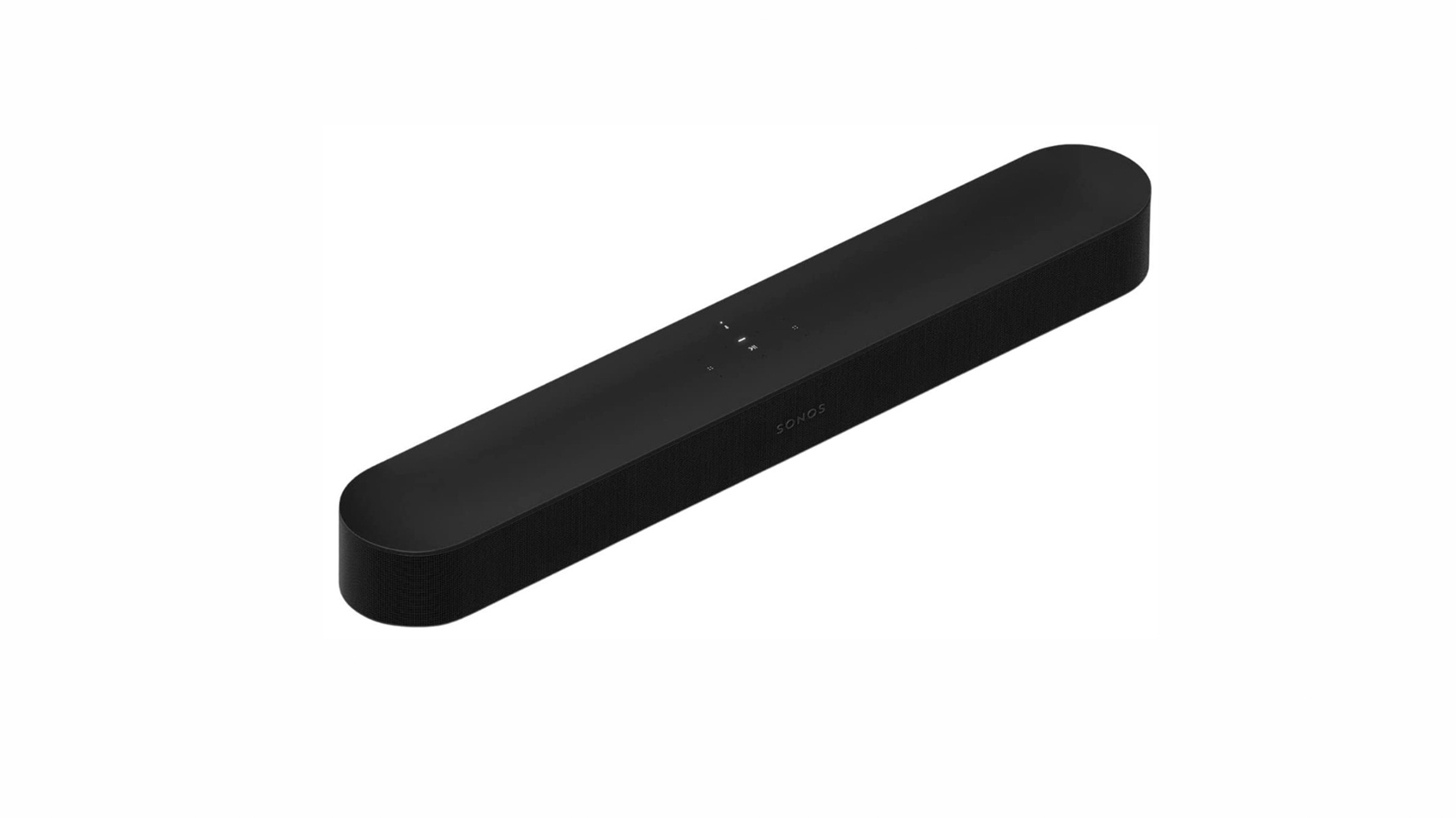
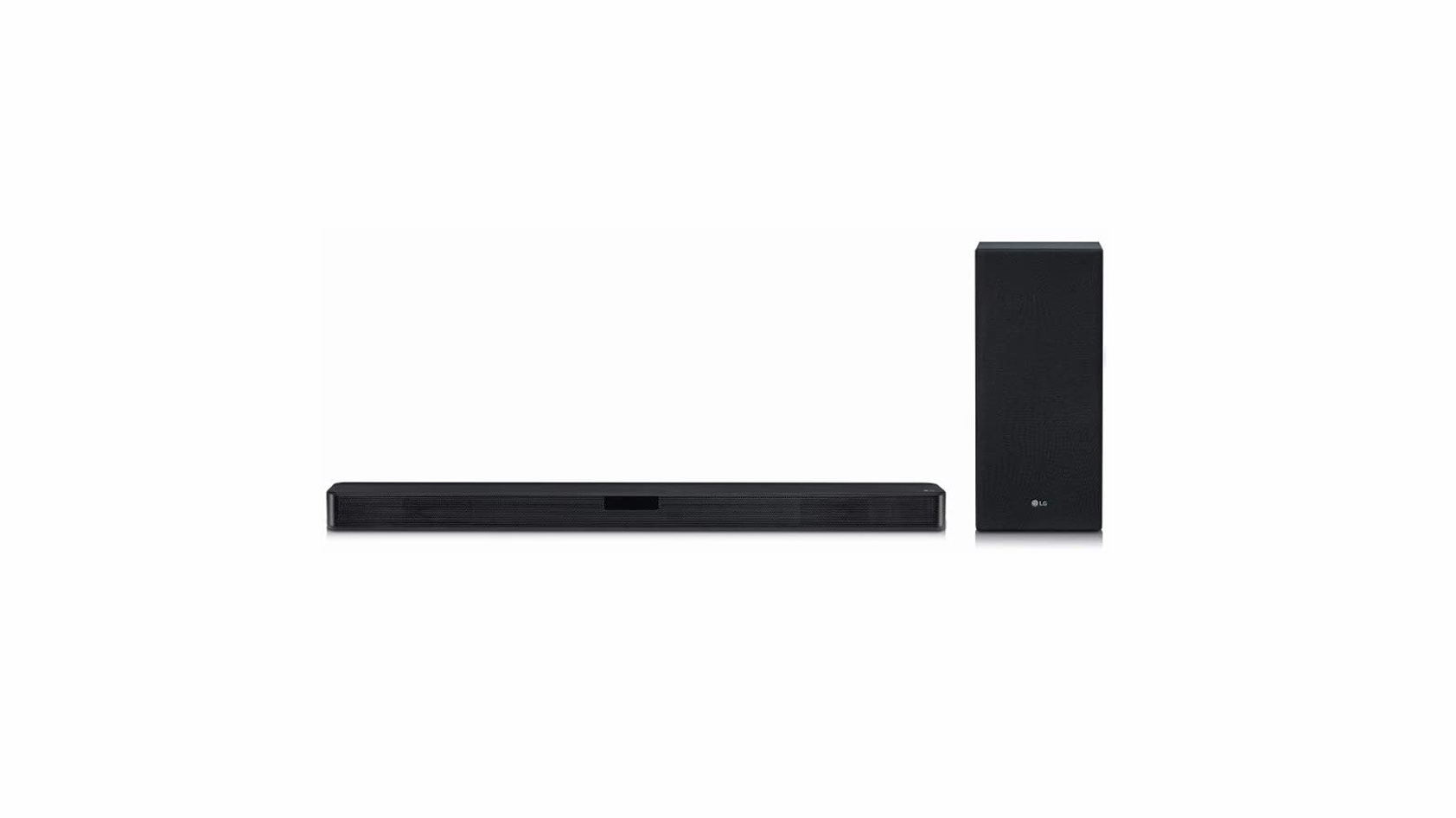
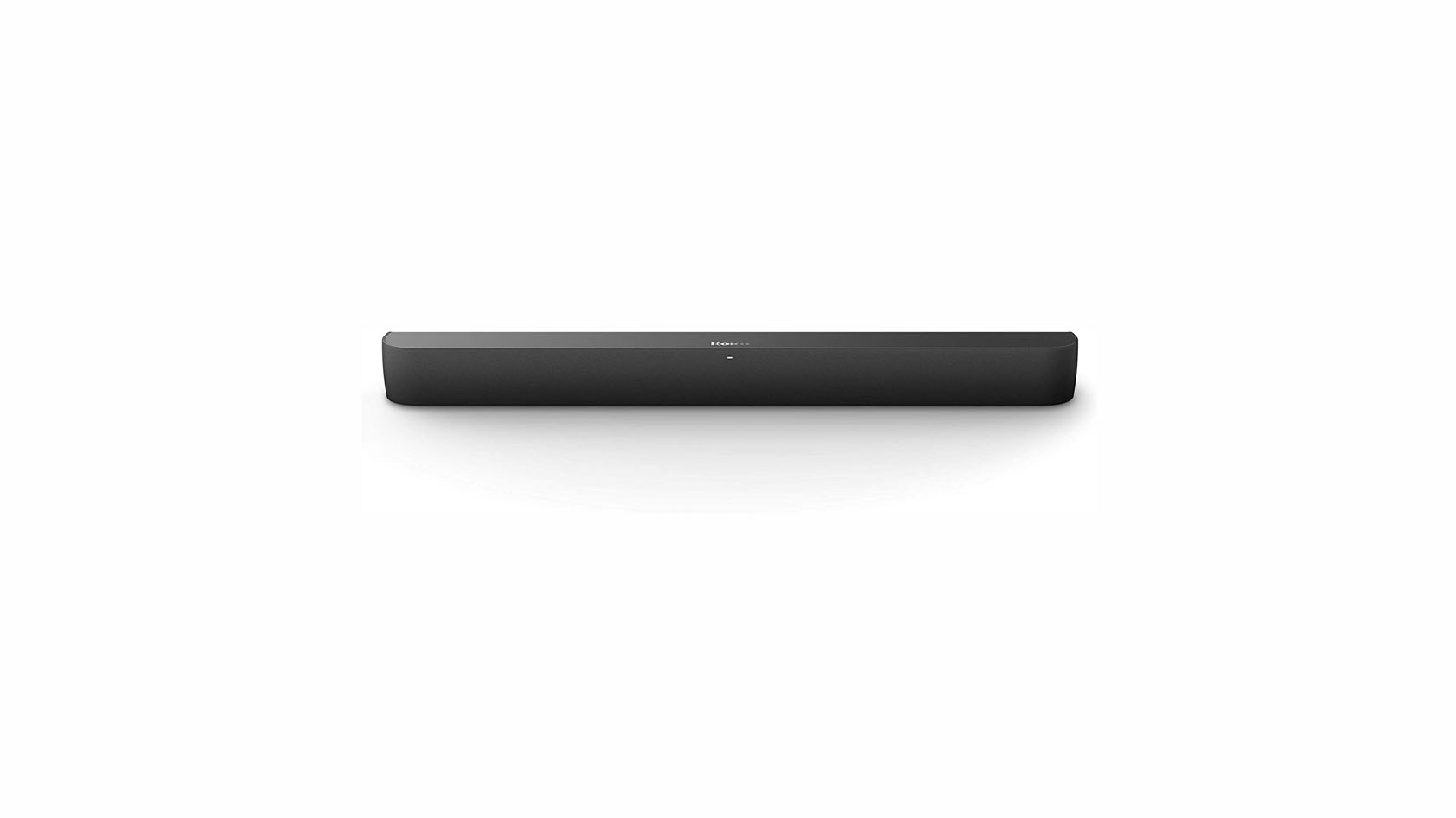
![Monoprice SB-100[1]](https://www.soundguys.com/wp-content/uploads/2020/03/Monoprice-SB-1001.jpg)
Your TV is probably the centerpiece of your living room, and if you bought it in the past few years, chances are it’s an insanely thin slab of glass that would make a time traveler from the ’50s accuse you of sorcery. Video quality has drastically improved, and TVs have slimmed down over the years. While that’s great for saving space in your living room, it’s not good for how your movies sound. Less space for speaker drivers means that whatever you’re watching isn’t going to get as loud or be nearly as immersive as surround sound audio. But what if you don’t have space for an entire surround sound setup? Then check out the best soundbars available right now.
What's new?
- This list was updated on September 6, 2023, to add the Razer Leviathan V2 Pro to the notable mentions, answer more FAQs, and update formatting.
Why is the Sennheiser Ambeo Soundbar Max the best soundbar?
The best all-around soundbar you can get is the new Sennheiser Ambeo Soundbar Max. Sennheiser has been moving into the realm of 3D audio for a while now, and the company has taken what it has learned along with its legacy in sound and stuffed it all into one soundbar. While the Max is expensive, it also has all of the newest technologies built inside to help you get the best experience possible. In fact, most of the “What you should know” section will help you better understand everything this soundbar has to offer.
Physically, it features 13 drivers, all angled in different directions to help bounce sound around the space, placing you in the center of it. It weighs approximately 18.5kg, and the dimensions are roughly 126.5 x 13.5 x 17.1cm. It has three HDMI 2.0 inputs, one HDMI eARC output, an optical input, stereo RCA input, Ethernet input, a subwoofer pre-out, 2.5mm microphone input, Bluetooth, and Google Chromecast built-in, making it a wireless soundbar too. Yeah, it’s a lot of ports, but that doesn’t even include the most exciting bits of tech in here, which is support for any audio format you can throw at it. It’s compatible with basically all of the Dolby and DTS offerings, including Atmos and DTS:X, the immersive codecs that allow for 3D audio, which are all the rage right now. With the Sennheiser Ambeo Soundbar Max, you’re paying for the best, and you’re getting it.
The Sennheiser Ambeo Soundbar Plus is a more compact and affordable version of the Max. At only 7cm (2.75in) tall, it’s half the height of the Max.
It comes with nine rather than 13 drivers, only two HDMI 2.0 inputs, four built-in far field high-precision microphones for room calibration in place of the 2.5mm microphone jack on the Max, and it doesn’t feature any services, like the Max’s built-in Chromecast. Audio processing in the Plus is done on a Quad Core 1.8GHz SoC processor, whereas the Max uses a mix of ARM and SHARC DualCore processors. All other specs are comparable.
Note that neither model features rear-facing drivers, but you can hook up a sub-woofer.


If you just want a smart soundbar, then go with the Sonos Beam (Gen 2)
Sonos is the go-to for people getting into home audio because of the pain-free setup; the company makes some of the best soundbars and smart speakers around. All Sonos speakers work together seamlessly and can be controlled wirelessly via the app. The company has also been pushing to release products more frequently than before, resulting in a smart soundbar called Sonos Beam (Gen 2). What is a smart soundbar? It’s just like a smart speaker but in soundbar form. Tiny microphones built into it pick up your voice when you speak the keyword and access a virtual assistant like Alexa or Google Assistant to get things done. For Apple users, it has Airplay 2 too. If you have an HDMI ARC input on a TV that supports consumer electronics control (CEC), you can even turn the TV on and off with just your voice.
The Sonos Beam (Gen 2) is 69 x 651 x 100mm in dimensions and weighs only 2.8kg, so mounting it is definitely a possibility. On the back, you’ll find the ports, which include an HDMI and an Ethernet port. It is also a wireless soundbar, meaning it operates via Wi-Fi. The revised Beam (Gen 2) has Dolby Atmos support (but not DTS). The room correction aids in getting it to sound good, and you can build out the system later if you want more speakers. It’s a good choice for a smaller room, especially if you pick it up with the sub.
If the Sonos Beam (Gen 2) is a bit too expensive for your best soundbar budget, there are a ton of Sonos speaker alternatives out there.

The LG SL5Y 2.1 comes with a subwoofer and has a sleek design
The LG SL5Y is a mid-tier option from LG that punches above its price point. It has a sleek modern design that looks great without attracting too much attention, and it comes with a subwoofer. This soundbar supports DTS Virtual:X and automatically adjusts the sound according to your media.

The audio formats include Linear Pulse Code Modulation, DTS Digital Surround, Free Lossless (Up to 192kHz) C4A/USB, DTS Virtual X, and Dolby Digital, so you have plenty of options to choose from. Some may be disappointed to realize that this isn’t a smart soundbar, but you can always connect a Chromecast to the USB input for that.
You can’t cast out a Bluetooth signal from this speaker (i.e., for private listening), but you can send audio to it from your smartphone. You’re not paying for gimmicks with this one, just pure sound quality.

If you’re looking into how to start building up your home audio setup and are questioning whether or not you need to actually invest in a subwoofer, the answer is probably no. If you hook up one of the best soundbars, your audio will play just fine without an added sub. The problem is that most soundbars are following the trend of TVs and getting thinner and thinner, and because of how sound works, that means that the smaller physical space is going to result in weaker bass response.
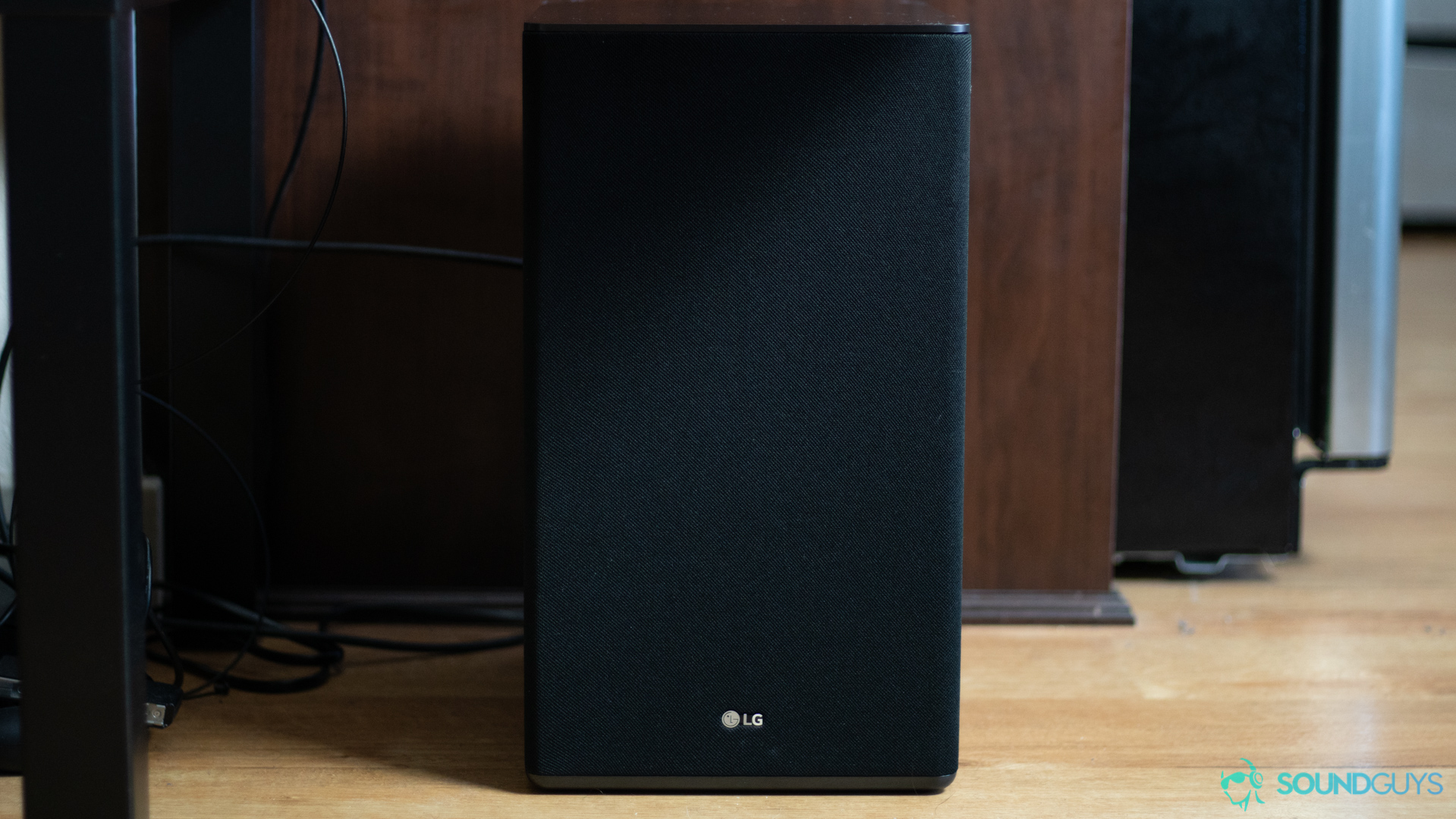
So if you really want to feel the explosions in action movies or be drawn into the gravel drawl of your favorite classic western, then a subwoofer is worth considering as it is going to really bring that extra layer of depth. One thing to keep in mind if you’re looking to get a subwoofer is that you’re going to need space on the floor for it, and they’re usually fairly large. So if maintaining a clean and minimal look is important to you, then know that start thinking now about where you can place it so that it’s still effective but stays out of the way.
If you want versatility, get the Roku Streambar Pro
The Roku Streambar Pro is an absolute steal when it comes to features and functionality. Roku’s 2.0-channel soundbar integrates Google Assistant and Alexa support for voice-enabled access. Rather than integrating Chromecast, users benefit from the full suite of channels and movies afforded by the Roku player. In other words, the Roku Smart Soundbar is another way to turn your dumb TV into a smart TV.
Roku’s wireless soundbar supports HD, 4K, and HDR media and supports wireless private listening with virtually all wireless headphones through the Roku mobile app. An integrated microphone sits inside the remote, so you can control the volume and streaming settings with just your voice.
Setup is as easy as it gets: plug the soundbar into an HDMI ARC input with the included HDMI cable. You can also stream audio from your phone to the soundbar via Bluetooth. There’s an optional subwoofer add-on available for $179 USD.
If your remote often ends up between the couch cushions or in your cat’s favorite hiding place, you’ll be relieved to know you can use the Roku app to control your soundbar and TV through its virtual remote. The soundbar supports Dolby Audio and PCM; it’s compatible with TVs that have either an HDMI ARC or optical outputs. For the price, the Roku Smart Soundbar is nearly impossible to beat.

The Monoprice SB-1000 is the most affordable soundbar
Despite being budget-friendly, Monoprice delivers quality audio products with slimmed-down features. The Monoprice SB-1000 2.1-channel soundbar lacks surround sound and only carries two dynamic drivers, but it comes with a built-in subwoofer and a remote control, making it great for games and movies.
You can connect to the Monoprice SB-100 using Bluetooth, a digital optical or coaxial cable, and a 3.5mm input port, meaning you could stream music from your phone or add an additional subwoofer. It works both with your TV and your gaming PC and if you don’t have space on your desk or TV stand, you could mount it to the wall.

The Vizio M21d-H8R offers the best value
If you’re looking for a budget soundbar, you’ve come to the right place. The Vizio has gotten a lot of attention for the insane value that it brings among the best soundbars and the new M21d-H8R. This is a standalone 2.1-channel system with integrated dual mini subwoofers in a sleek package that costs less than $150 USD. You won’t get the same thump that a dedicated sub-woofer supplies, but the sound will satisfy most listeners for the price.
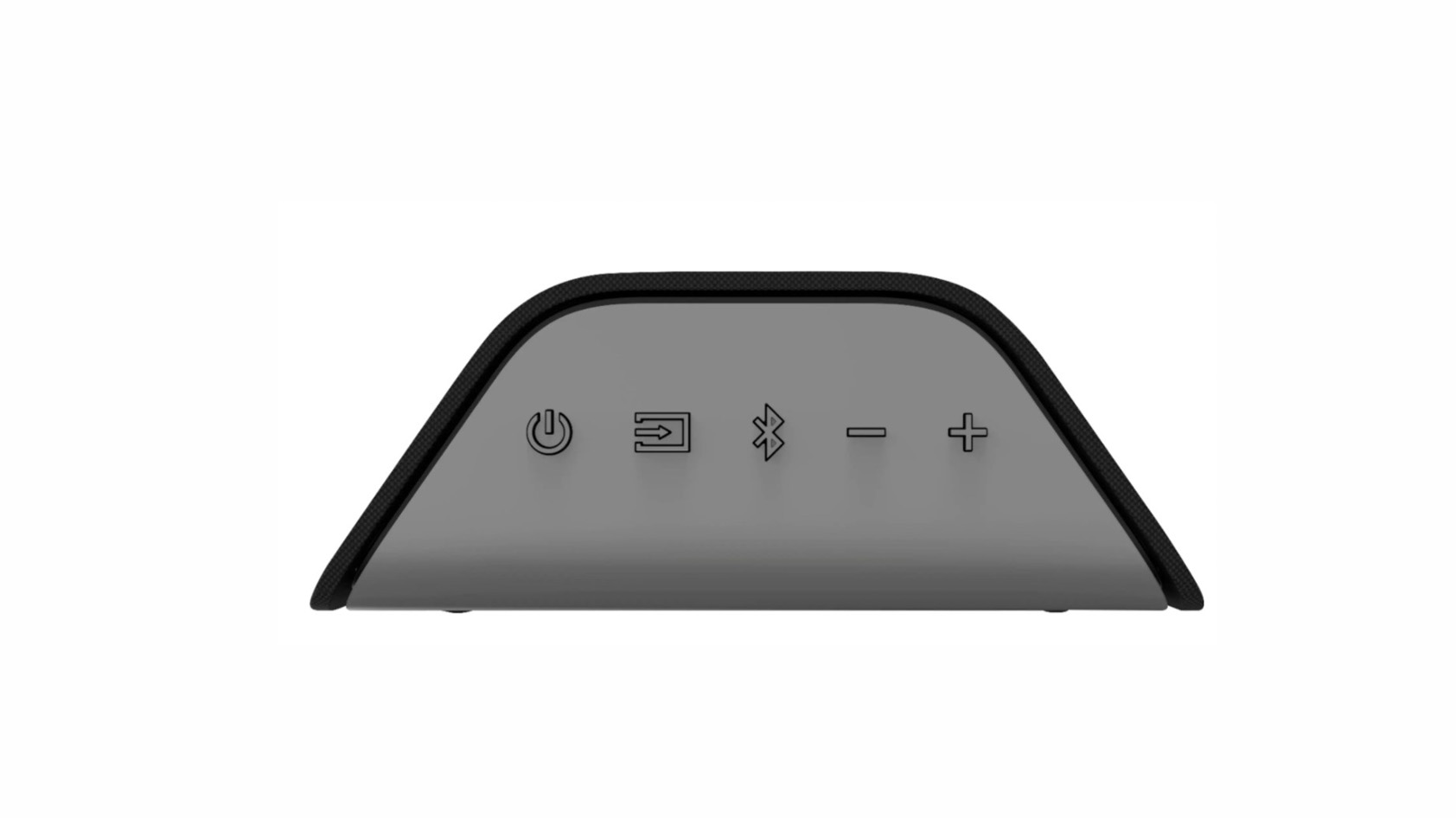
The Vizio M21d-H8R supports Dolby Atmos and DTS:X to add a layer of spatial dimension to your audio for a more immersive listening experience. This is an upgrade over the previous model, which lacks Atmos. The complete package includes the 36-inch soundbar at 5.56 pounds, cables, and a remote control. Unfortunately, you’re stuck with EQ presets only and no room correction software. Compatible with smart assistants, Bluetooth for easy audio streaming, and 4K passthrough, Vizio strikes a harmonious balance between price, sound quality, and user experience.

The best soundbars: Notable mentions
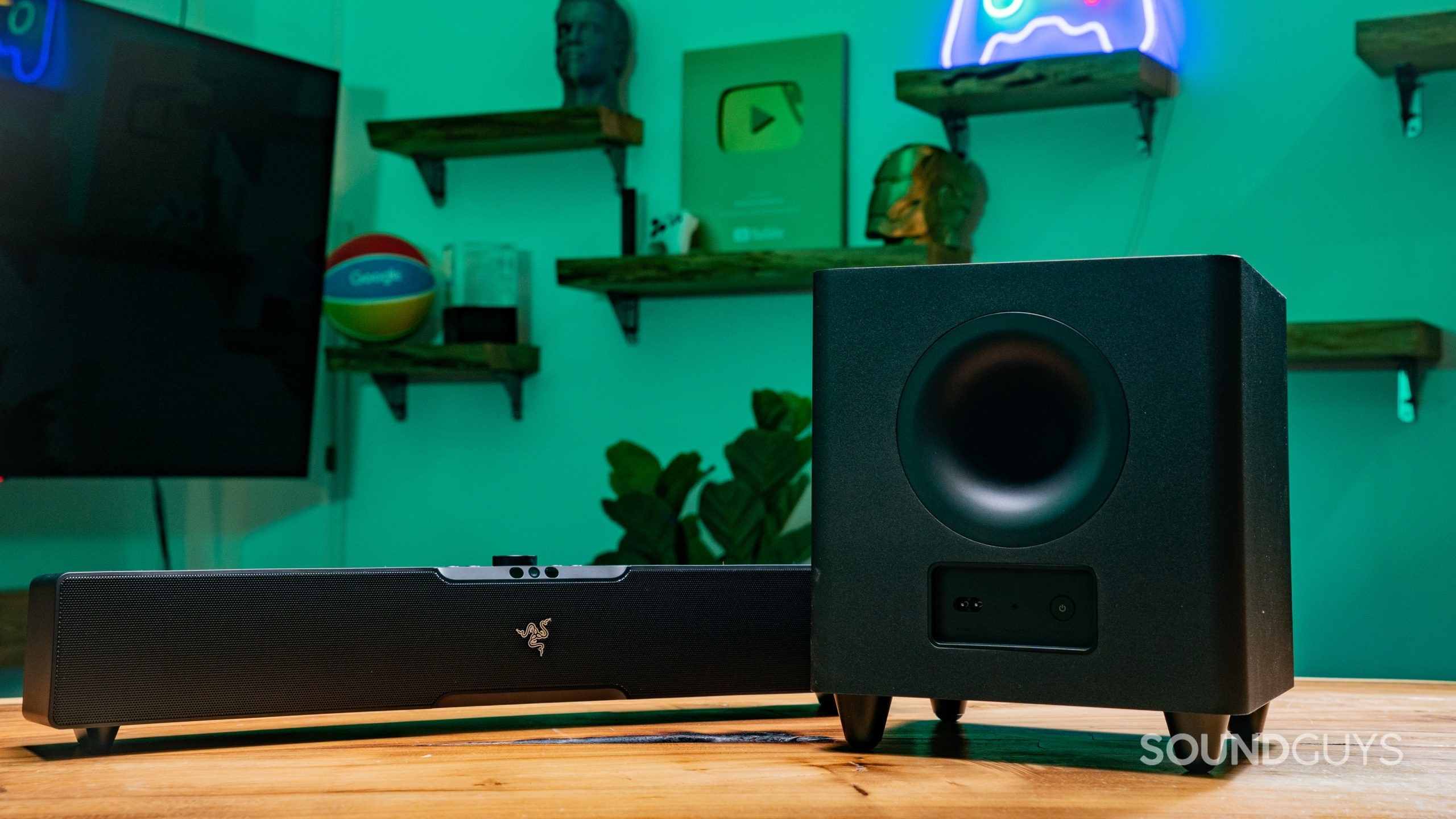
- Razer Leviathan V2 Pro: If the head-tracking surround sound is something you’ve got to have, you should consider buying the Razer Leviathan V2 Pro. It uses infrared cameras and beamforming speakers to accomplish that feat. But on top of the fancy tech, you get a good soundbar and woofer combo that’s easy to use or fit on a desk.
- Bose Smart Soundbar 300: This smart soundbar lets you control your TV with just your voice. It has HDMI ARC and optical audio inputs, can operate over Wi-Fi and Bluetooth, and can connect to other Bose speakers in your home’s Bose ecosystem.
- Bose Smart Soundbar 900: This also supports Amazon Alexa Google Assistant integration with Dolby Digital and DTS support. It supports Wi-Fi, Bluetooth, and Apple AirPlay 2. If you want a more impactful sound, you can invest in the Bose Bass Module with the Smart Soundbar 900 or add surround speakers, but that will cost you.
- JBL Bar 5.0 MultiBeam: This is JBL’s answer to the Sonos Beam, with features like Alexa and Google Assistant, Chromecast, Airplay 2, and 3D audio with Dolby Atmos, as well as 4K pass-through audio.
- Panasonic Sound Slayer: This soundbar doubles as a gaming speaker that works with both PC and consoles. It has Dolby Atmos and allows you to switch between different modes depending on what type of audio you want to focus on for each game you play. It’s not just for gaming, though, and works more than fine with your sound system for movies and music.
- Polk Audio Signa S2: The Polk Audio Signa S1 was neck-in-neck with the discontinued Vizio SB3621 C6 for the best soundbars for listeners on a budget. It comes with a subwoofer and is perfect for an apartment living space.
- Sonos Arc: One of the most recognizable brands in the audio arena is Sonos. The company has a wide range of speakers available, and the Arc is no exception. It works well within the Sonos ecosystem, and you’ll have to pay top-of-the-line prices for it.
- Sony HT-S350: This soundbar is affordable and has a good frequency response. It also comes with a powerful subwoofer. It doesn’t support Dolby Atmos or DTS:X, but for this price point, that’s hard to expect.
- Vizio M512a-H6: If you want the 5.1.2 set-up, this option combines a true surround system with Dolby Atmos and DTS:X for $500 or less, with a wireless sub and satellite speakers.
- Yamaha YSP-5600: This massive soundbar has 44 beam drivers and two subwoofers embedded in it, allowing it to truly sound like genuine 7.1.2 surround sound with kicking bass. It has Dolby Atmos and DTS:X support and is compatible with Alexa. The downsides are the price, size, and fact that, to get the optimal sound experience, you have to set it up in a very particular way.
What you should know about the best soundbars
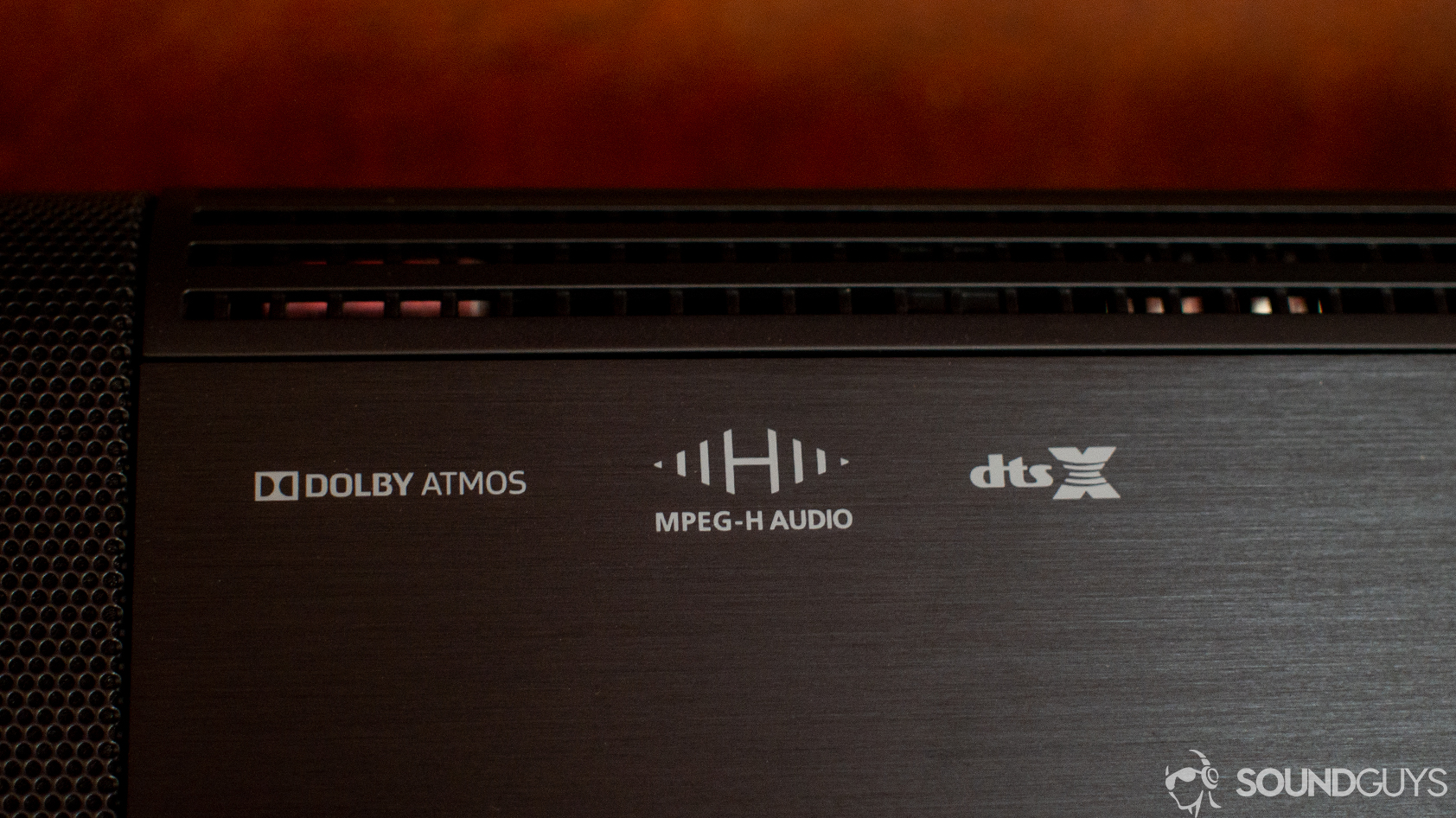
When shopping around for soundbars, the list of features can be overwhelming. Many companies market soundbars as 4K, but what does this mean. After all, soundbars cover sound, not visuals. Well, it’s a bit of marketing, but if you have a 4K TV and you want to use a soundbar with it, you’re going to want a 4K soundbar. If you’re only planning to use a soundbar for music and not as a home theater setup for movies, no, 4K compatibility wouldn’t make a difference to your audio quality.
It just refers to the resolution of your TV screen. A 4K TV has about 8.3 million pixels and its resolution is usually shown as 3840 x 2160.
However, to maintain a 4K viewing experience with a soundbar, you’re going to want a soundbar with a 4K pass-through. Simply put, this just means that the 4K signal is transferred directly from the receiver to the TV. For instance, the Bose SoundTouch 300 has a built-in 4K pass-through for lossless listening.
This is just the tip of the soundbar iceberg, though.
![Klipsch Promedia 2.1[1] A product image of a Klipsch 2.1 system that consists of two speakers and a subwoofer.](https://www.soundguys.com/wp-content/uploads/2017/03/Klipsch-Promedia-2.11.jpg)
If you’ve been looking around long enough, you’ve probably come across a few options that have 2.1 or 5.1 in their name, but what does that even mean? This just refers to the number of speakers that is in the setup. The first number refers to the number of speakers that are being used, while the second number refers to a channel dedicated to a subwoofer. A 2.1 setup has two speaker channels (a left and a right) as well as a subwoofer, while a 5.1 setup means that there’s a center channel flanked by front and rear left channels and front and rear right channels, as well as a subwoofer.
When you start looking at Atmos compatibility (which we’ll get into later), additional speakers are added to the end of this number. If you have a 5.1 setup with four Atmos “height” speakers, the correct way to describe it would be a 5.1.4 setup.
Are soundbars as good as surround sound?
The short answer is no, but like everything else in life, there are exceptions. A true 5.1 or 7.1 surround sound system is going to make a bigger difference in your movie-watching experience mainly because of the physical placement of the speakers around whatever particular room you’re in. If you have speakers all around you, they will make you feel like you’re right in the middle of the action. With most standalone soundbars, there’s only one place that the audio is coming from, and that’s right in front of you.
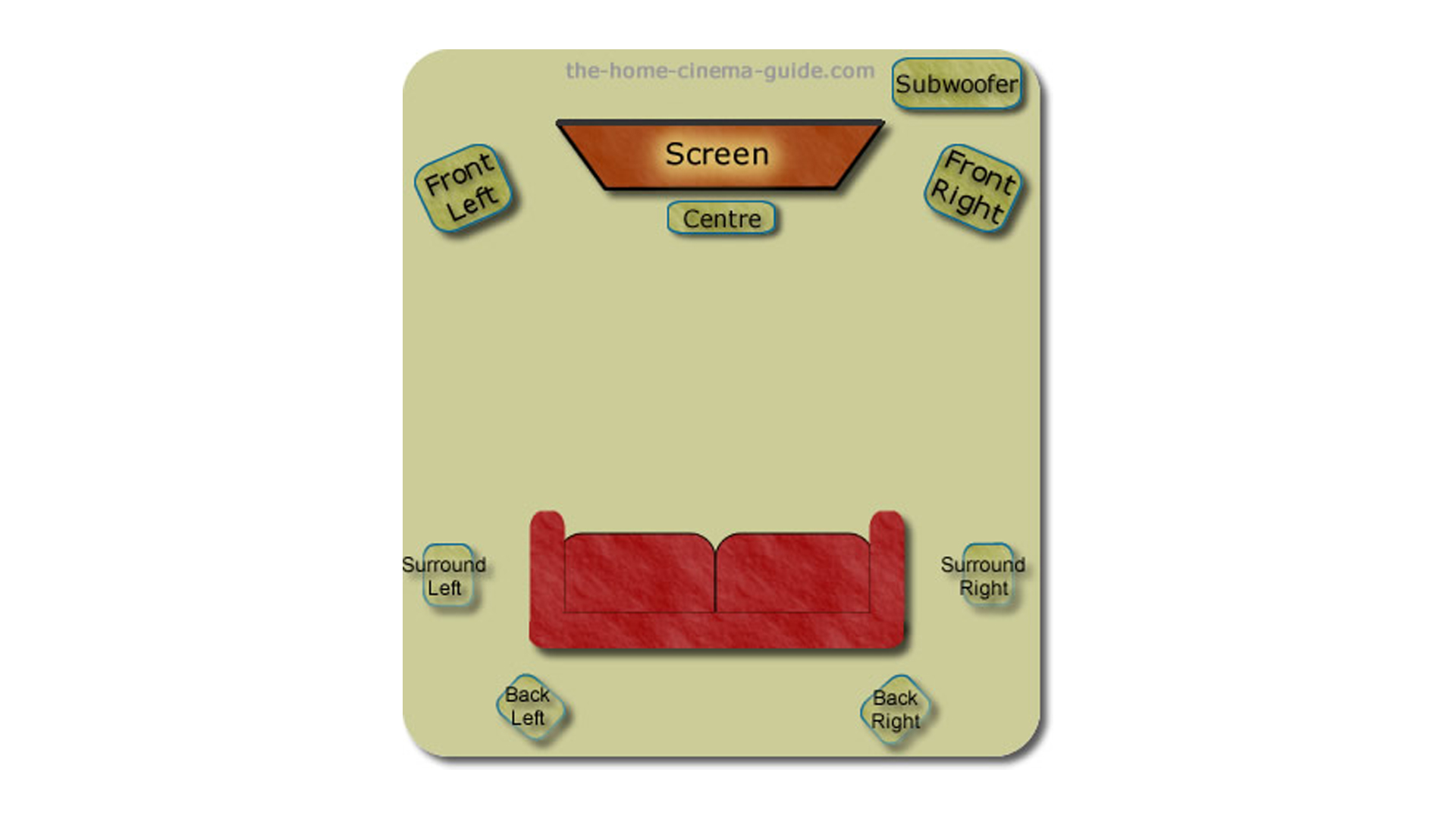
That said, there are plenty of tricks that some soundbars can pull off that make the experience significantly better: the Sennheiser Ambeo Soundbar Max, for instance, is packed with drivers angled in different directions. These drivers bounce sound off of reflective surfaces like walls and ceilings to simulate multi-directional sound. Unless you have an abnormally large living room or are looking to make a true home theater room in your house, most soundbars will get the job done just fine.
What’s the difference between Dolby and DTS?
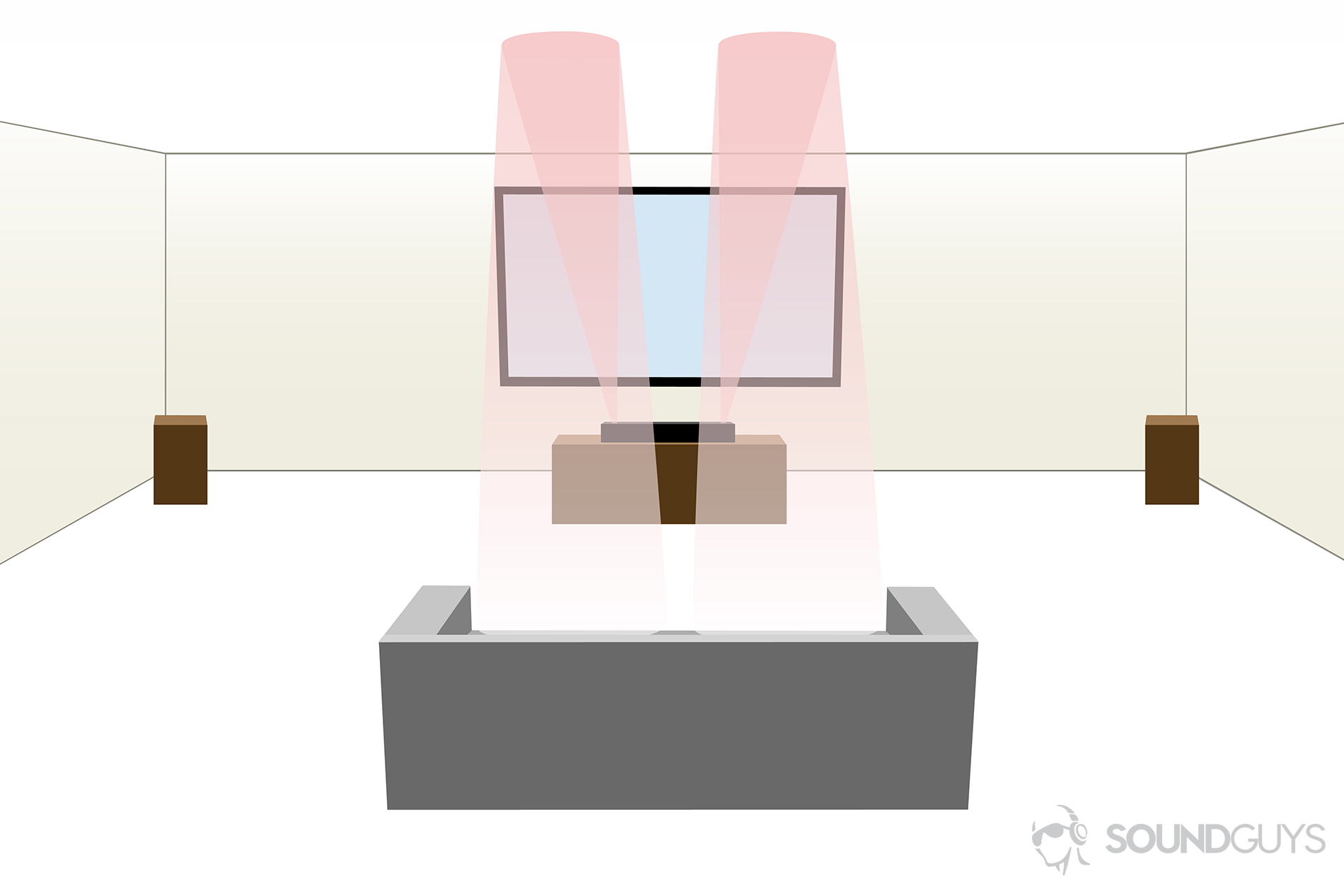
If you can’t tell, Dolby and DTS do a lot of things. You’ll likely find their technologies in everything from DVD players to the best soundbars, but what do all the different technologies mean? Dolby and DTS (Digital Theater Systems) are the names of two competing companies, each with their own technology, and each really good at what they do. We’re not here to tell you which one is better; that’s for you to decide (if you can hear a difference). We’re here to explain what they are.
Dolby Digital and the DTS Coherent Acoustics (DCA) codecs are both audio compression technologies that package and deliver audio digitally. They’re audio codecs that code and decode signals to transmit them, but what makes them different than the codecs we usually talk about when discussing Bluetooth is that DTS and Dolby Digital are specifically for surround sound. This means they compress data meant for surround sound systems (up to 7.1). The way that this is achieved differs between Dolby Digital and DTS and has to do with their respective audio encoding processes as well as the bitrate, but the debate about which one sounds better is best left to the forums. The only thing that you need to know is that both of these codecs provide great audio experiences with a surround sound setup.
The newest surround sound formats in home audio are Dolby Atmos and DTS:X. By adding overhead sound, these formats project sound into the space around you, into more physical locations within the room, to give a more enveloping experience. Neither is necessarily better, but Dolby Atmos seems more ubiquitous.
The biggest improvement that Dolby Atmos and DTS:X made over previous systems is the speaker placement. To get the most out of these systems, you should install overhead speakers. Audio engineers working with Dolby Atmos and DTS:X already added this overhead layer of auditory directionality to their production, so by adding the aerial or raised speakers to your hardware, you’ll benefit from the sound as it was intended to be reproduced.
When you’re watching a movie where a plane flies overhead, you’ll hear it coming out of the speakers above you instead of the speakers around you. Of course, not everyone’s setup is going to include additional speakers built into the ceiling, which is why some soundbars (like the LG SKY10) use upward-firing drivers to bounce sound off of the ceiling in order to replicate this. When done correctly, this emulates a 3D representation of space, making for more engaging media playback.
What is HDMI eARC, and do you need it?
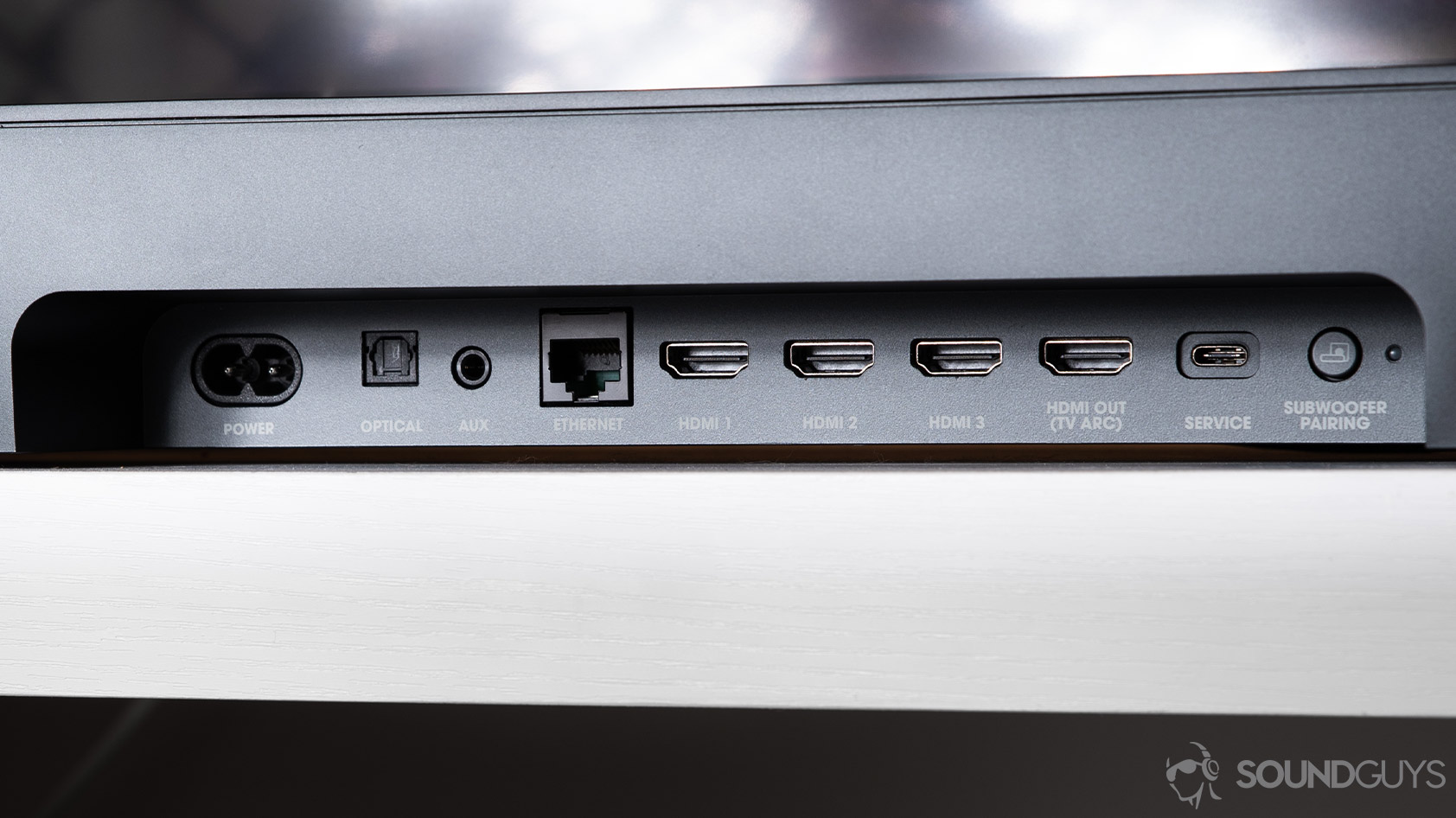
If you read our piece on audio connections, you may remember HDMI ARC being brought up as a means to transfer video data and audio in both directions from a device plugged into your TV. This means with just one cable, you can have a one-stop-shop for all of your audio/visual needs. So then, what is HDMI eARC? The letters ARC stand for audio return channel, and the “e” at the beginning stands for “enhanced”. If your TV is compatible with the eARC, it will convert more audio/video data quicker. This is important because object-based surround sound codecs, like Dolby Atmos and DTS:X, have a lot of information that needs to be transferred. eARC is like a bigger pipe that allows more water to flow. At the very least, the best soundbars support HDMI inputs.
Why you should trust SoundGuys

We respect that audio is a measurable science but don’t neglect the importance of personal preference. Whether we’re searching for the best soundbars or the best wireless earbuds, SoundGuys collects all the objective data and identifies any practical issues or highlights of a certain product. The goal is to keep you informed on new products coming out and on the vast topic of audio.
We want you to be happy with your purchase—none of our writers see a dime from partnership deals or referral purchases—and nobody here benefits from steering you towards one product or another. Although this site earns money from referrals, we pay our writers for their work, not based on how many people click the “buy” button. They will never even know if anyone did, though the site going under might be a good hint.
Frequently asked questions about soundbars
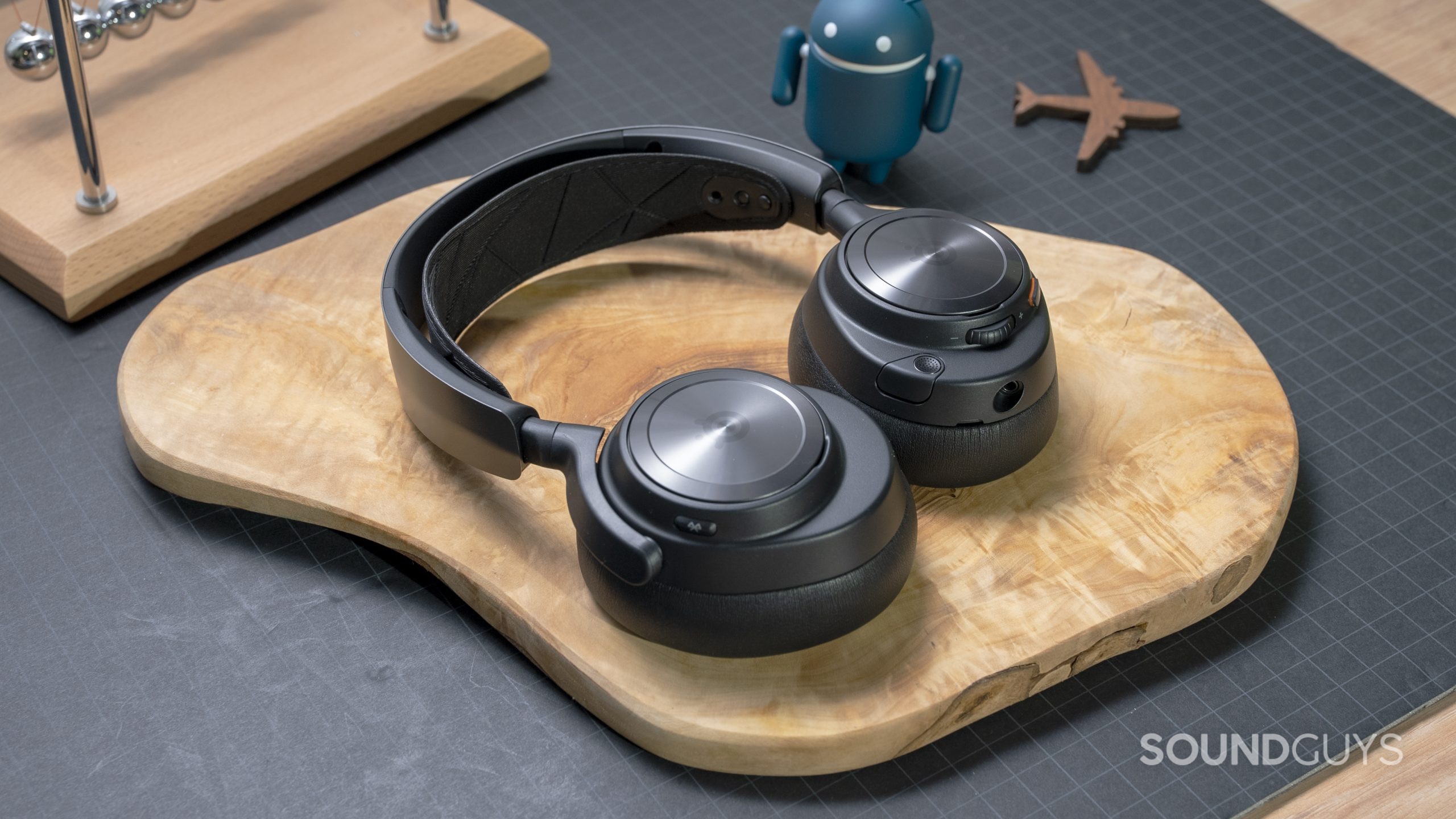
The more conventional option for gaming is to get a good gaming headset or to slap a nice boom mic to a pair of headphones, but there are a few great soundbars for gaming too. If you want one gaming headset for everything, even when listening to music out of the house, we recommend the SteelSeries Arctis Nova Pro Wireless. This has Bluetooth, wired, and wireless RF connectivity options, along with active noise canceling capabilities. You pay a pretty penny for it, but you get a lot of functionality.
Those whose gaming setups demand a bit more may want to look at the Razer Leviathan. This is a bulky soundbar/subwoofer setup that emits 5.1-channel audio and supports both the SBC and aptX Bluetooth codecs for casual music playback. For just shy of $100 USD, this is a good value when you need to feel surrounded by in-game audio.
The Sonos Arc is another good option for a soundbar, and it even has integrated Alexa voice control. It also supports Dolby Atmos and AirPlay 2 and has a speech enhancement mode. Thanks to the speech enhancement mode as well as the design of the soundbar, the Arc sounds very good. Just remember it is meant for TVs larger than 49 inches.
Most soundbars have proprietary connectors, which make it difficult to connect a subwoofer. You can sometimes find ways around this, but we’d recommend looking for a soundbar that comes with a subwoofer.
The Vizio SB3621 C6 and Samsung Harman Kardon HW-Q70R include wireless subwoofers, but if you want a bass sound without an external sub, we recommend the Yamaha YSP-5600. Its massive size and internal subwoofers give it a true 7.1.2 sound.
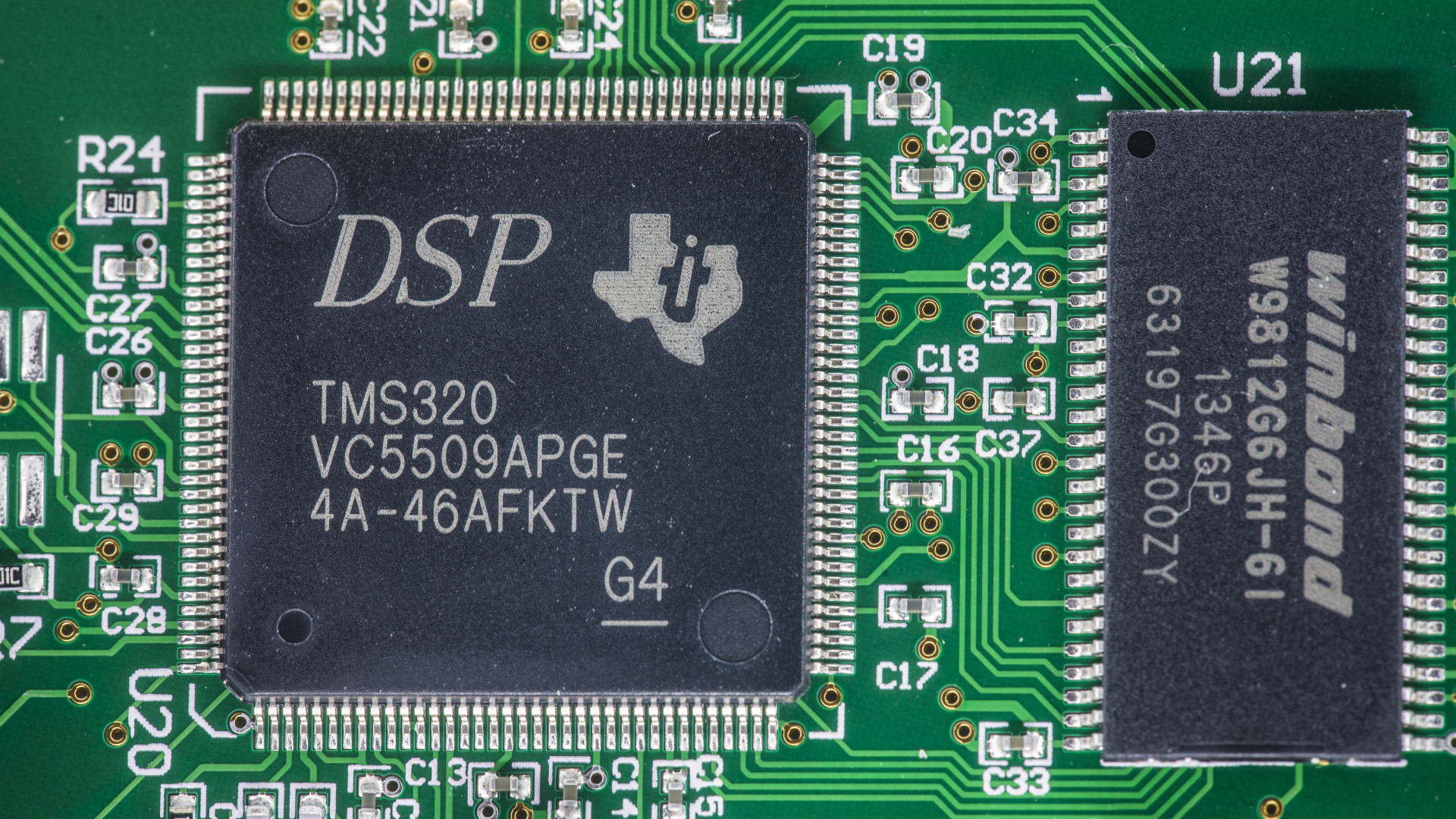
Our very own Robert Triggs penned an excellent in-depth feature explaining the ins and outs of digital signal processors (DSP), but if you’re short on time, we’ve got the skinny too. A DSP is responsible for processing digital signals, like audio, with great efficiency. There’s a DSP in your smartphone to decode MP3 files and recognize voice commands for your virtual assistant.
Take the Apple AirPods Pro; these use tiny mics to detect ambient external noise and resonances within the ear canal and respond by adjusting the sound on the fly for optimal quality. As DSPs advance, we’ll see them used more like Sony’s 360 Reality Audio and Creative’s SXFI‘s processing, both of which require a map of your ear to adjust the signal for a more immersive effect.
If you’re a dedicated audiophile, you may even invest in an after-market DSP box to calibrate your speaker system for optimal audio reproduction.
For a listener who wants to experience a more immersive sound, especially in a home theater setup, a 5.1 soundbar is the way to go. It provides a surround sound experience with multiple channels, including center, left, right, and two rear speakers, along with a subwoofer. This setup can reproduce the spatial characteristics of sound sources in movies and music more accurately, enhancing the overall listening experience.
On the other hand, a 2.1 soundbar consists of a left and right channel along with a subwoofer. It’s suitable for listeners who are looking for improved sound quality over typical TV speakers but might not necessarily need the full surround sound experience. It’s simpler, often more affordable, and can still offer a significant upgrade in audio quality.
As you may have guessed by the name, this actually has nothing to do with sound. Dolby Vision is a video format that allows for a higher dynamic range in the image on your screen, making everything look brighter and increasing contrast on the screen. Obviously, it isn’t a big factor when it comes to soundbars.
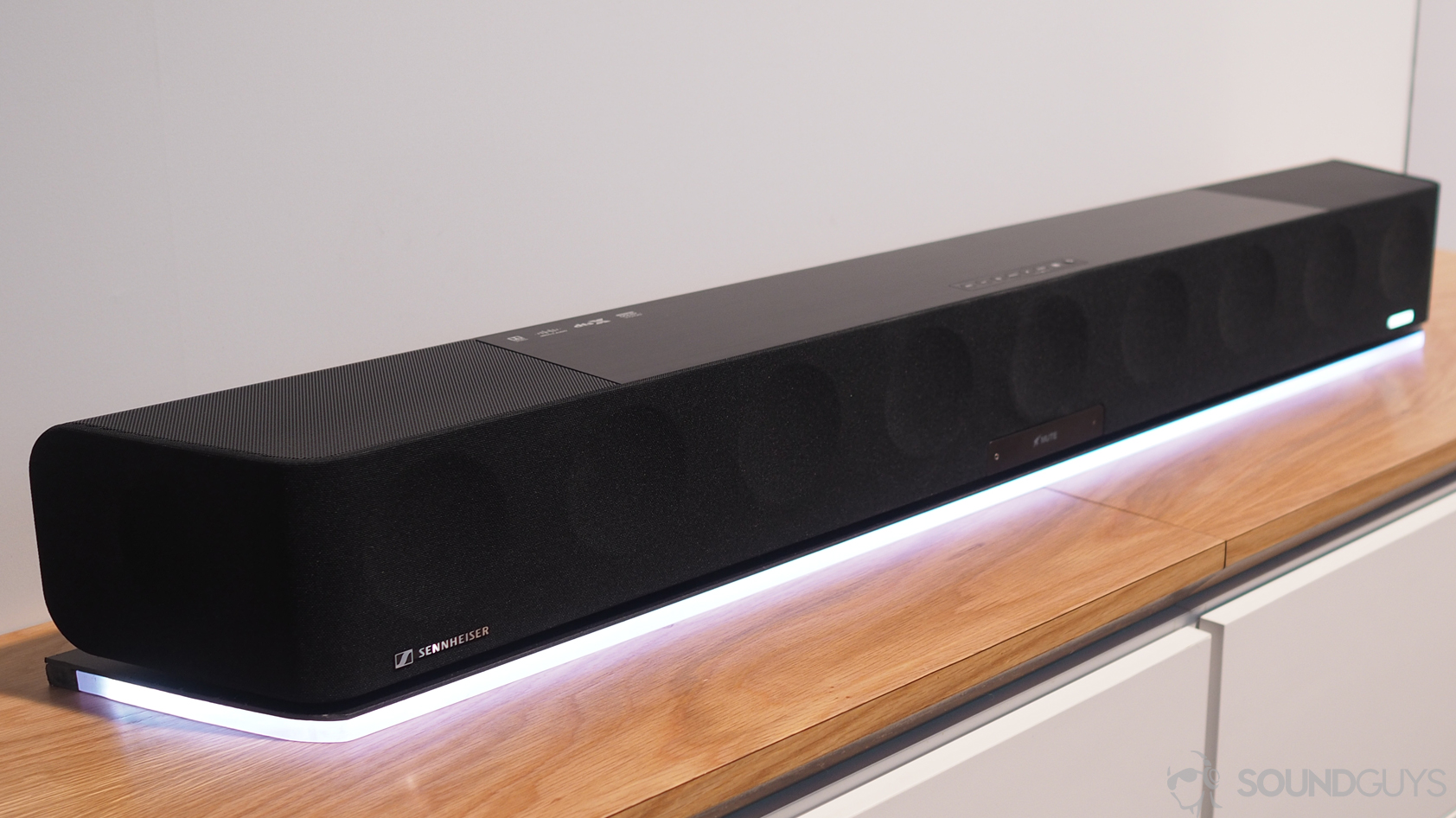
![Sennheiser Ambeo Soundbar[3] A shot of the Sennheiser Ambeo soundbar in a living room.](https://www.soundguys.com/wp-content/uploads/2019/01/Sennheiser-Ambeo-Soundbar3.jpg)
![Sennheiser Ambeo Soundbar[2] Pictured is the Sennheiser Ambeo soundbar mounted to a wall](https://www.soundguys.com/wp-content/uploads/2019/01/Sennheiser-Ambeo-Soundbar2.jpg)
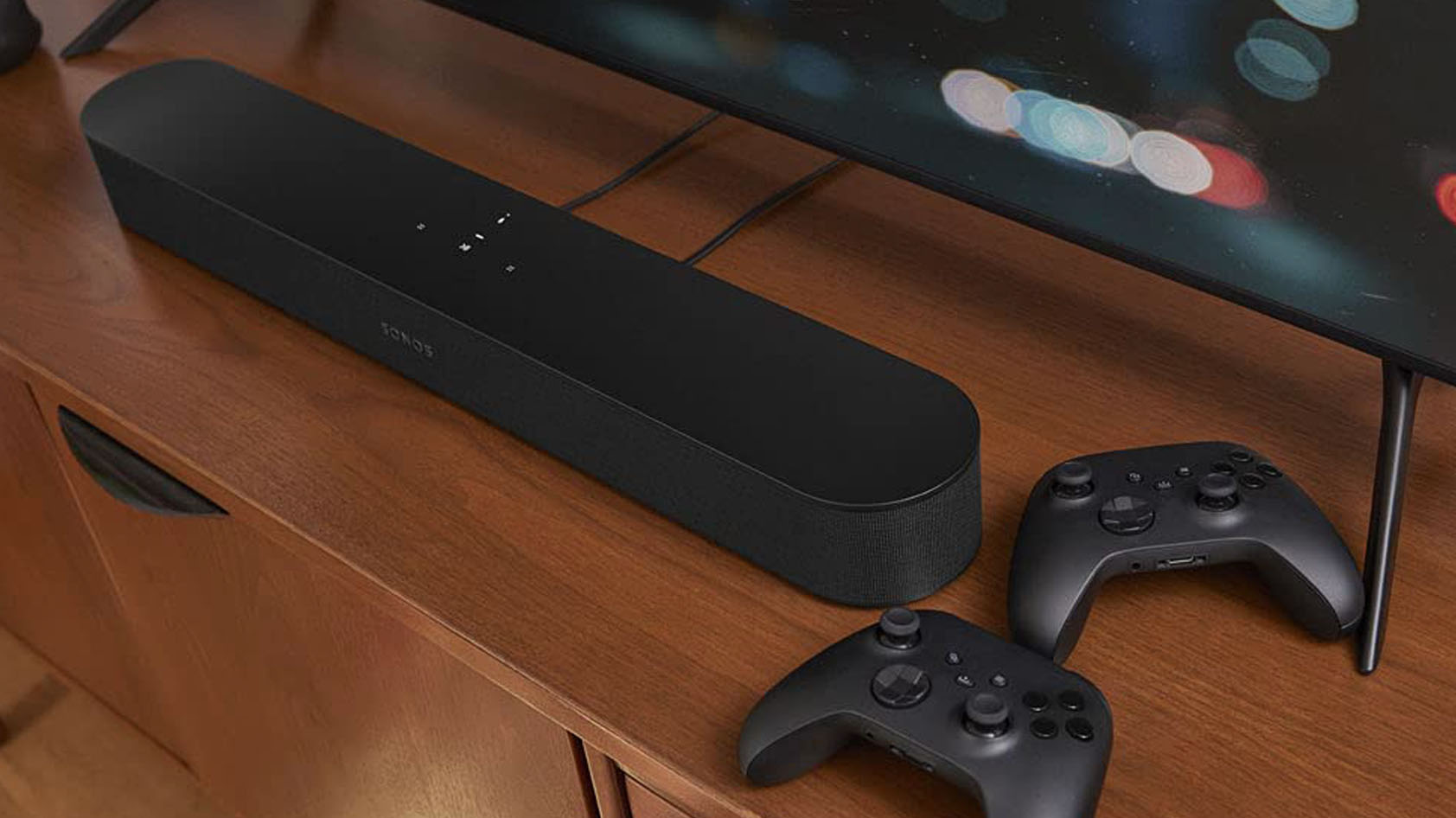
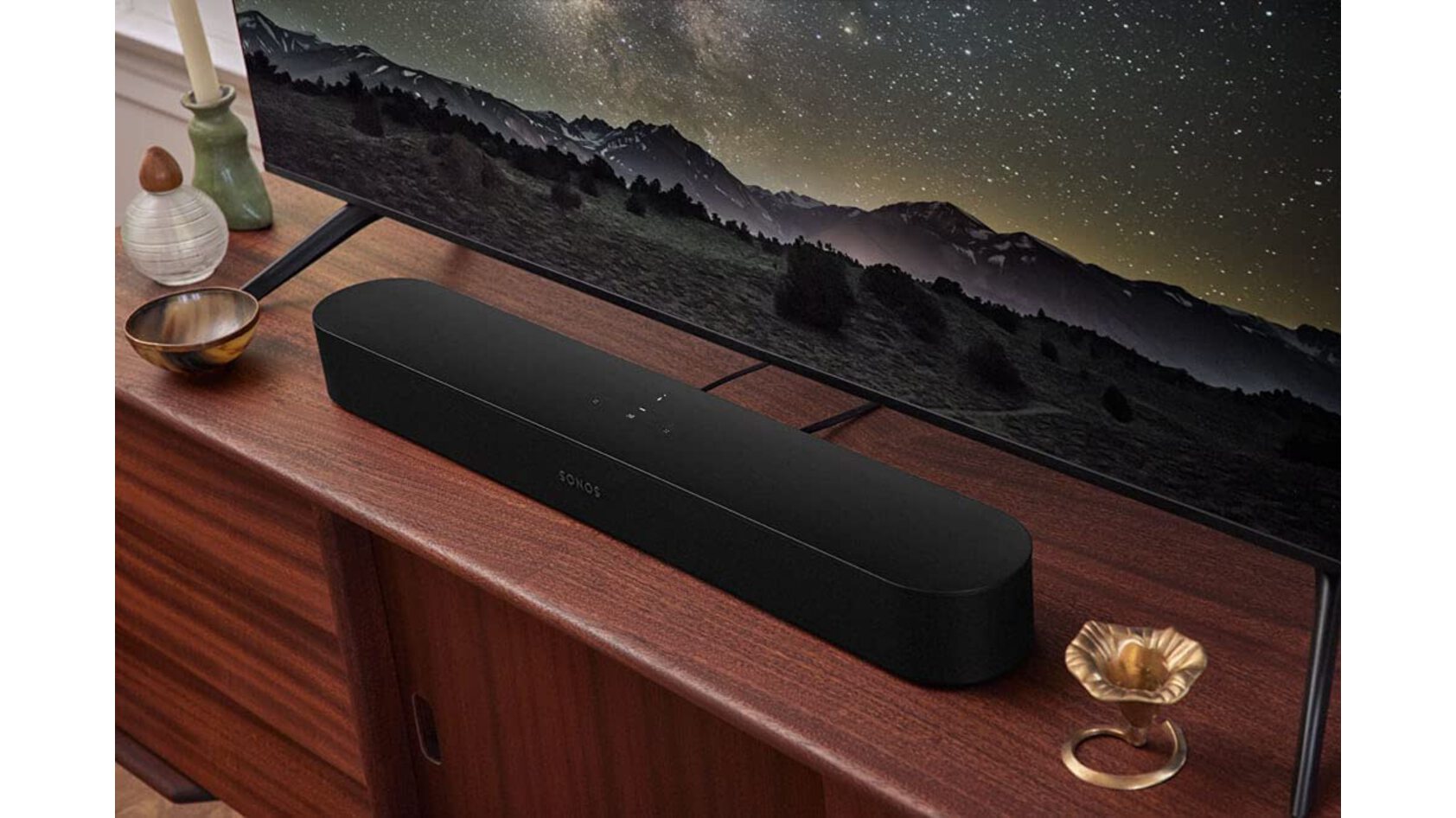
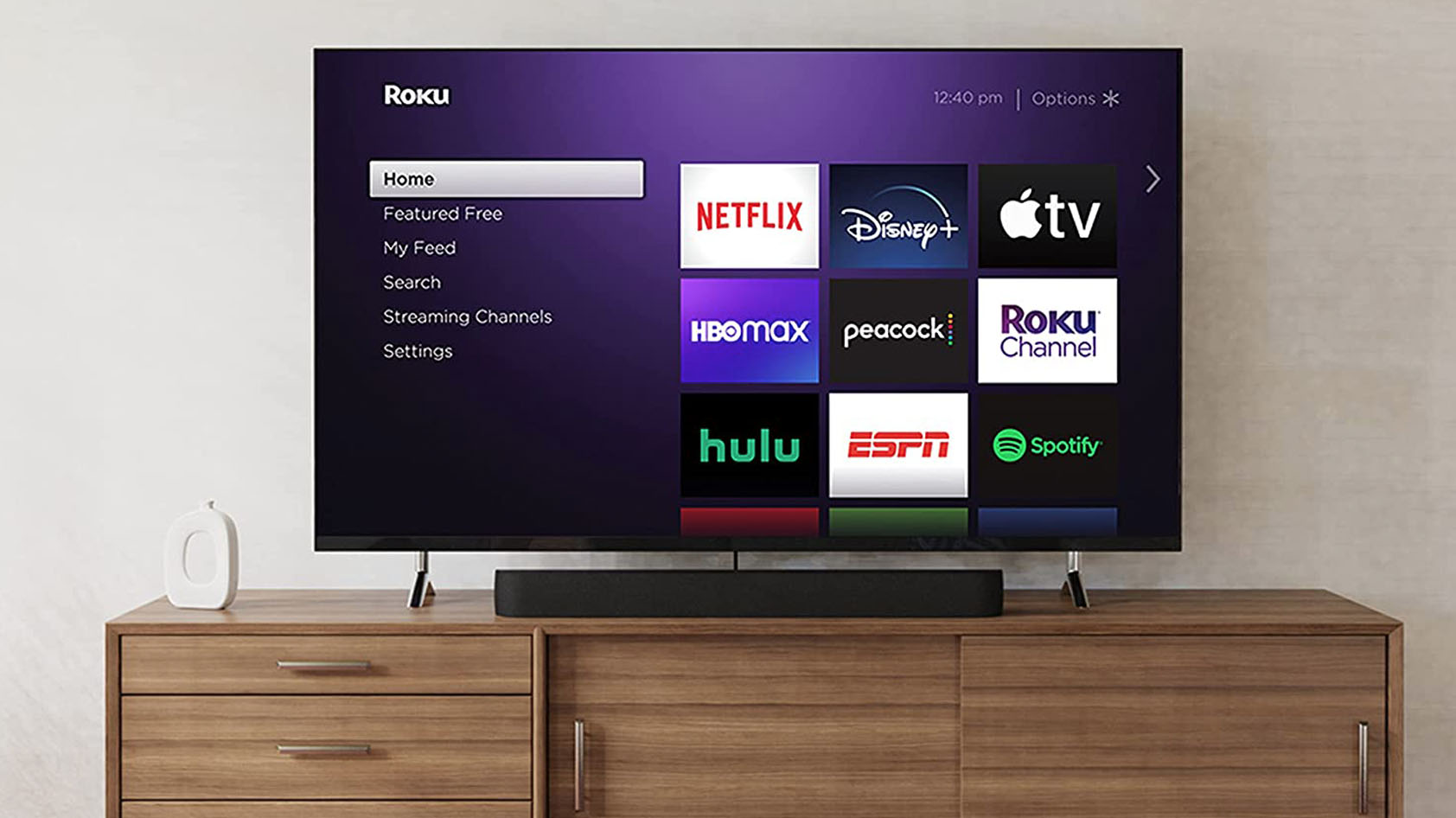
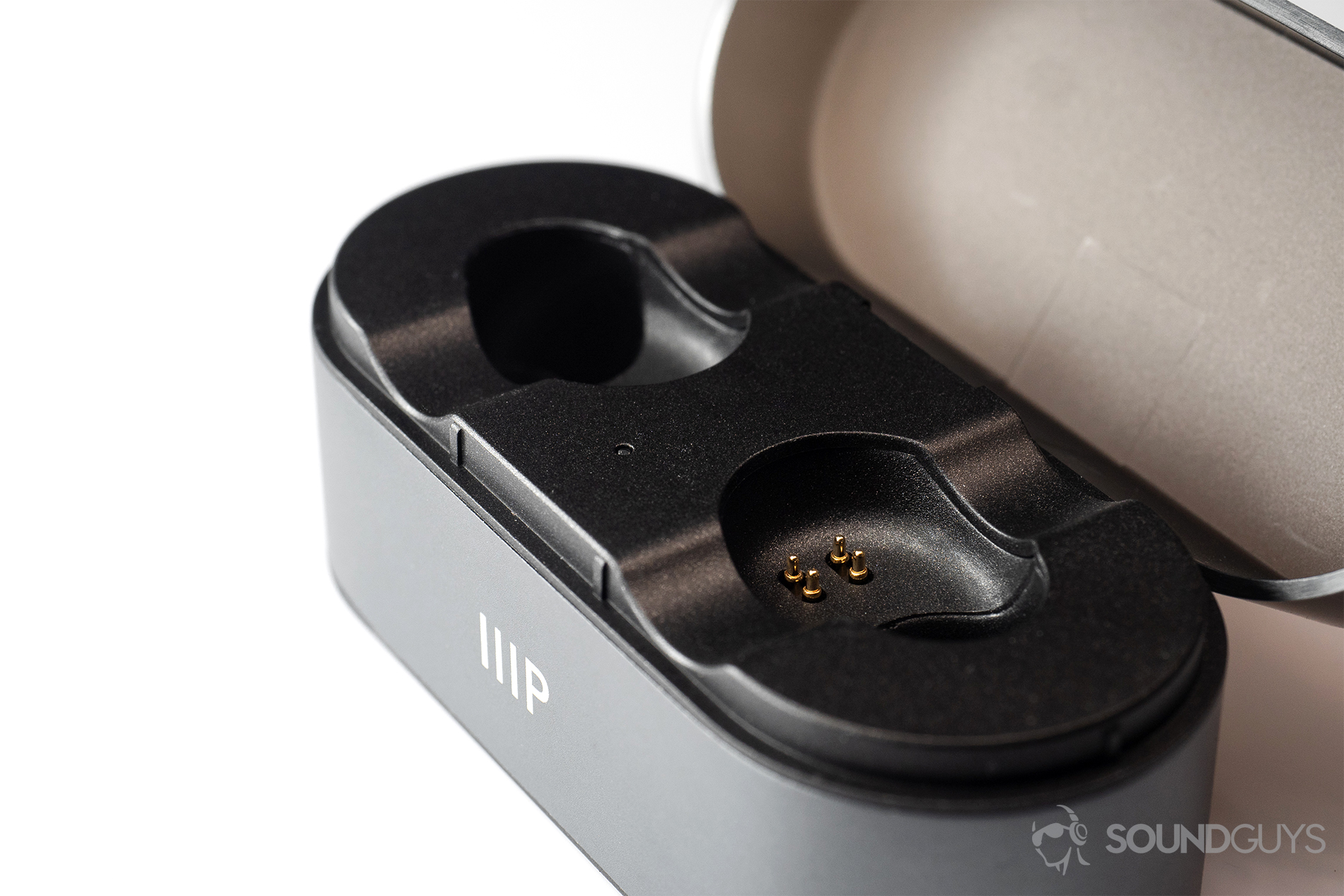
![Monoprice SB-100[3]](https://www.soundguys.com/wp-content/uploads/2020/03/Monoprice-SB-1003.jpg)
![Monoprice SB-100[2]](https://www.soundguys.com/wp-content/uploads/2020/03/Monoprice-SB-1002.jpg)